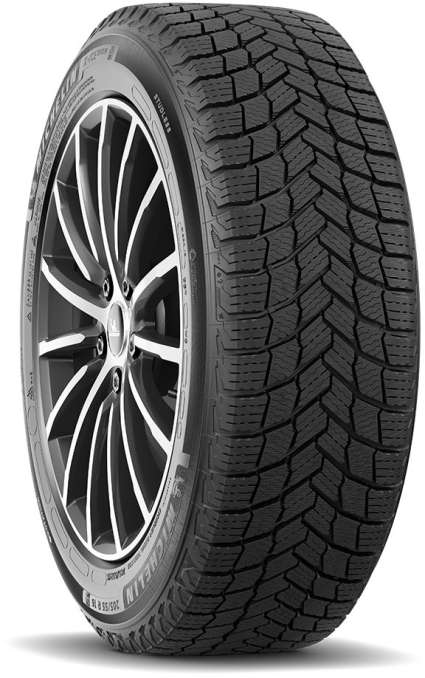

choosing the appropriate EV for usage in winter conditions involving snow necessitates careful consideration of certain technical and performance aspects. Cold temperatures affect driving behavior due to slippery surfaces, snow, and ice, but battery performance is just as crucial. Lithium-ion batteries show decreased chemical reactions in low temperatures, which leads to diminished energy availability and slower charging speeds. Moreover, heating the cabin in EVs directly utilizes battery power, further diminishing the effective driving range.
In addition to reduced range, winter driving requires excellent traction, either all-wheel drive (AWD) or four-wheel drive capability, a well-designed stability control system, and tires suitable for snowy and icy conditions. When assessing EVs for use in winter, important factors should consist of: the extent of range reduction in cold weather (the durability of the battery and thermal systems), whether the vehicle incorporates a heat pump or other effective cabin and battery heating methods, the strength of the driveline and AWD systems in low-grip scenarios, as well as cold weather charging efficiency.
Research indicates that in freezing conditions, many EVs generally operate at 75% to 85% of their optimal temperature range. Vehicles featuring a heat pump generally experience less range loss. In snowy areas, vehicles with a lower center of gravity (due to ground-mounted battery packs), improved chassis stability, and specialized winter/traction models perform better. Let’s examine five EVs that excel in winter and snowy conditions, combining range durability and effective traction.